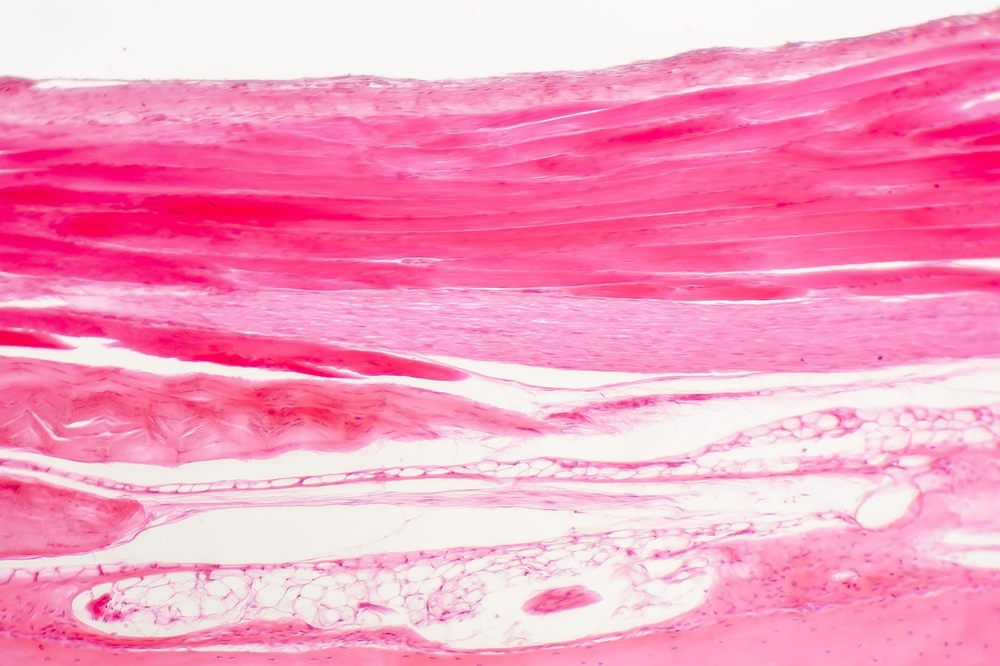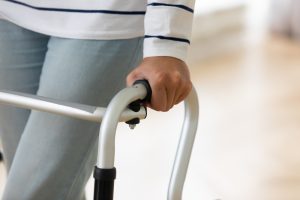Discover how magnets are shaping the future of tissue engineering, offering a simpler approach to muscle growth and paving the way for medical breakthroughs.
In the realm of tissue engineering, a groundbreaking innovation is taking shape, and it revolves around the extraordinary use of magnets. Researchers have unlocked a revolutionary method that leverages magnets to precisely guide the growth and alignment of muscle cells, ushering in a new era of possibilities in medicine and beyond.
Pioneering Muscle Research Team at MIT and Boston University
A visionary team of researchers from the Massachusetts Institute of Technology (MIT) and Boston University is at the forefront of groundbreaking studies in muscle tissue engineering.
Led by senior author Ritu Raman, an accomplished MIT engineer, this team has recently unveiled a novel approach to stimulate muscle fibres using magnets. This discovery has profound implications for muscle health and beyond.
As Ritu Raman notes, “The ability to make aligned muscle in a lab setting means that we can develop model tissues for understanding muscle in healthy and diseased states and for developing and testing new therapies that combat muscle injury or disease.”
Their innovative technique allows precise control over muscle cell alignment and contraction. This was possible by manipulating magnetic particles within a soft gel, providing a more efficient method for programming muscle cells.
In the words of Ritu Raman, “This confirmed our understanding that the form and function of muscle are intrinsically connected, and that controlling form can help us control function.” Beyond advancing our understanding of muscle growth and function, this team’s research has the potential to revolutionise fields ranging from medical therapy development to robotics, promising a brighter future for both science and technology.
Mimicking Nature’s Precision
Traditionally, scientists grappled with intricate mechanical stimulation techniques, involving the stretching and compressing of tissues, which often fell short of replicating the natural cellular interactions within our bodies.
However, this new method mimics the intricacies of our biological systems by spatially controlling the forces between cells within a tissue, ensuring a more accurate and efficient approach to muscle cell alignment and growth.
The Magnetic Experiment
The experiment led by Ritu Raman’s team involved cultivating muscle cells on a soft gel infused with magnetic particles. As magnets gently moved beneath the gel, the magnetic particles within responded, causing the cells to flex in unison. This allowed researchers to precisely dictate the gel’s motion. Consequently, they were able to regulate the magnitude and direction of forces experienced by the cells.
Form and Function: A Synchronised Connection
While the muscle fibres didn’t display increased strength during the 10-day experiment, they exhibited remarkable growth in a unified direction. More intriguingly, when muscle contraction was triggered, the aligned muscle cells exhibited synchronous beating. This was in stark contrast to non-aligned muscle cells that lacked rhythmic coordination. This revelation highlights the profound link between the form and function of muscle. In doing so, highlighting how control over form can significantly influence function.
Expanding Beyond Tissue Engineering
But the implications of this groundbreaking technique extend far beyond tissue engineering’s confines. Magnetic-force-based tissue engineering (Mag-TE) not only offers a simpler, cost-effective, and time-saving way to fabricate mechanically robust and intricately shaped 3D-like tissues but also sets the stage for creating various organised tissues for diverse applications.
A Universal Approach with Far-reaching Impact
This universal approach, utilising magnetic cells as building blocks, has the potential to revolutionise tissue engineering:
- Providing robust platforms for studying muscles in both healthy and diseased states
- Developing and testing therapies to combat muscle-related injuries or diseases
- Exploring applications in robotics.
Magnetism’s Influence Beyond Tissue Engineering
Furthermore, the impact of this magnetic approach transcends tissue engineering. For example, researchers at MIT are harnessing magnets to enhance control over prosthetic limbs. By introducing magnetic beads into muscle tissue to track specific muscle movements, this technology enables users to have direct control over bionic limbs, marking a significant advancement in prosthetic technology and improving the quality of life for those reliant on such devices.
This innovation is poised to reshape the landscape of medical science, offering new avenues for research and improved treatments, while also enhancing the lives of individuals worldwide.
References
- Rios, B., Bu, A., Sheehan, T., Kobeissi, H., Kohli, S., Shah, K., Lejeune, E., & Raman, R. (2023, October 1). Mechanically programming anisotropy in engineered muscle with actuating extracellular matrices. Device; Elsevier BV. https://doi.org/10.1016/j.device.2023.100097
- Moving muscle fibers with magnets “programs” how they align within tissue. (2023, October 23). ScienceDaily. https://www.sciencedaily.com/releases/2023/10/231020182022.htm
- Santos, L. F., Silva, A. S., & Mano, J. F. (2020, December 1). Complex-shaped magnetic 3D cell-based structures for tissue engineering. Acta Biomaterialia; Elsevier BV. https://doi.org/10.1016/j.actbio.2020.10.005
- Magnets could offer better control of prosthetic limbs. (2021, August 18). MIT News | Massachusetts Institute of Technology. https://news.mit.edu/2021/magnet-prosthetic-limb-control-0818#:~:text=MIT%20researchers%20are%20using%20magnets,%E2%80%9D














